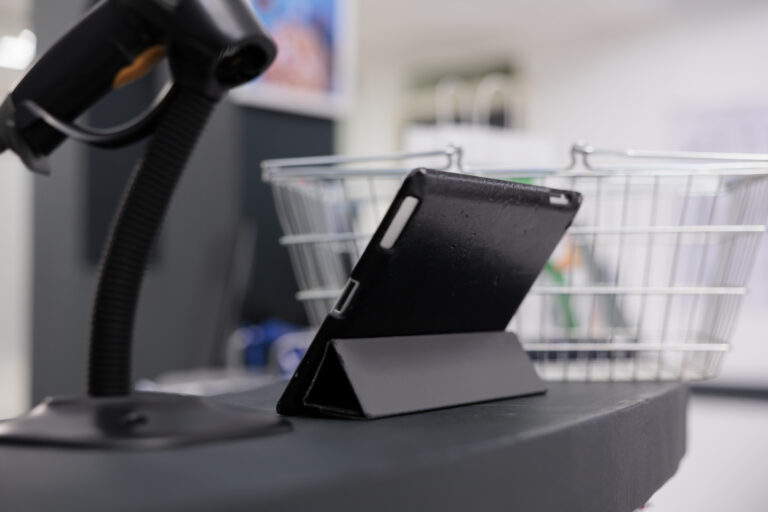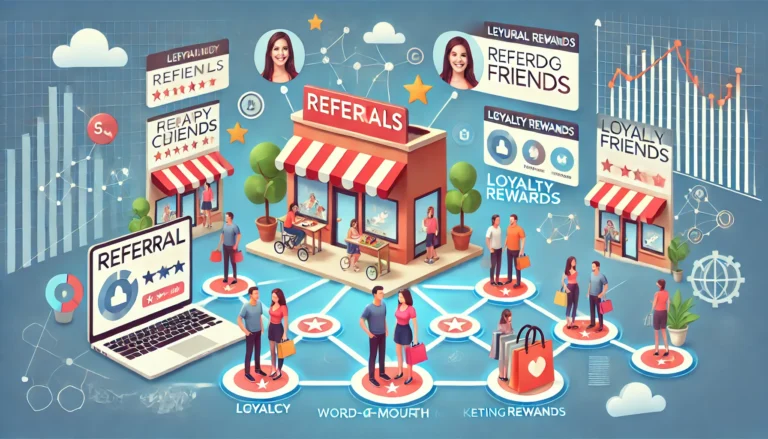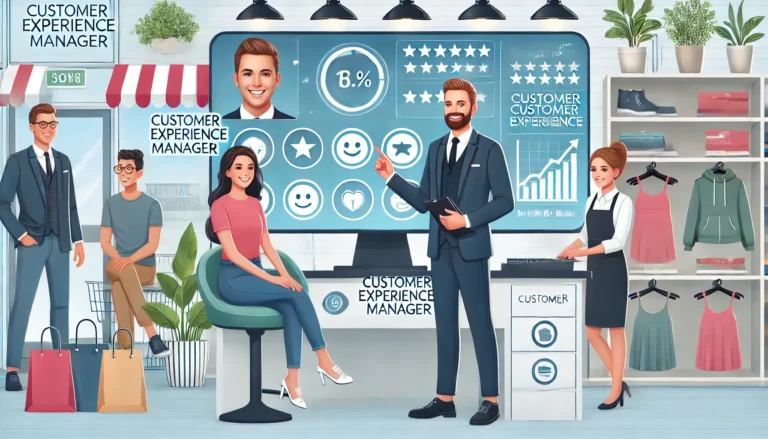In retail, understanding the customer journey is no longer a “nice to have” but a necessity.
The definition of the customer journey is the experiences that a customer will go through when interacting with a brand or store. It’s a process that stretches from when a product or service grabs a customer’s eye right through to them making a purchase and beyond.
The traditional way to approach this journey has always been a mixture of guesswork and general market research. While the data has often strongly indicated trends and feelings, particularly with market research, respondents can be biased and impacted by external factors. These traditional methods sometimes struggle to capture customers’ nuances and preferences.
With technological developments, the in-store retail landscape is undergoing a renaissance, with in-store behaviour analytics standing at the forefront. This technology removes vagueness from the equation, replacing it with data-driven customer insights.
It goes beyond tracking sales numbers and analyses key customer behaviours and in-store experiences. This new level of visibility provides a richer understanding of the customer’s path to purchase. These exciting developments can now enhance how retailers offer customer engagement and give more transparency to the customer journey.
Understanding the traditional retail customer journey
The traditional in-store retail customer journey was typically linear and generalised. It usually follows these stages:
Product Awareness: A customer becomes aware of a product or brand through advertising, word-of-mouth, or browsing in-store.
Consideration: A customer then evaluates options, comparing features, prices, and reviews to choose the best product or brand for their needs.
Intent: The customer then develops a strong intention to purchase a specific product, narrowing down their choices.
Purchase: From here, the customer moves on to complete the transaction and acquire the chosen product in physical stores.
Post-Purchase Experience: The customer then evaluates their satisfaction with the product and the buying experience.
Loyalty and Advocacy: Satisfied customers may become repeat customers and recommend the brand to others.

The traditional transaction also used to end with a paper receipt. This standard practice offered assistance to customers for record keeping but was limited in the information for the retailer. These paper receipts often got lost or thrown away.
Today, innovative solutions like a digital receipt system offer a more streamlined solution. Digital receipt software offers numerous benefits such as reducing paper waste, giving the customer control of how their data is used, and providing opportunities for retailers to capture data, to personalise the customer experience and to understand their needs better.
While adoption does involve some upheaval and training, by holding back, retailers can overlook the importance of the post-purchase experience. Without the enhanced level of information that digital receipt and data capture solutions provide, retailers may be missing opportunities to learn from customer behaviour. These insights can help enhance customer loyalty and drive repeat business.
Retail bricks and mortar stores are once again increasing in popularity. Ensuring that customers are having the best possible experience while they are in-store should be a priority for retailers.
Moreover, the traditional model often fails to leverage the data generated during the customer journey. Retailers have a limited understanding of customer preferences and behaviours, which hinders their ability to deliver a tailored shopping experience. One of the drawbacks of this is that a customer may feel disconnected from the brand, impacting their overall satisfaction and loyalty. In a market where multiple retailers ask for their attention, customers will usually be swayed by brands that make them feel understood and offer them perceived extra value.
Reimaging the customer journey with data
As we enter a new retail era, data-driven insights are potentially remapping the customer journey. In-store behaviour analytics, powered by technologies like ereceipts and other digital touchchpoints, can provide a wealth of information about customer preferences and behaviours. When analysed and interpreted correctly, this can open avenues for targeted hyper-personalised marketing and improved customer service.
For example, personalised marketing. Retailers can better understand individual customer preferences with a detailed purchase history from digital receipts. This can be collated for both in-store and online purchases, including elements like time of day, seasonality and average purchase value.
Insight like this allows for specific recommendations and promotions, enhancing the shopping experience and increasing customer loyalty. For instance, customers who frequently buy organic products will likely appreciate tailored offers on new organic items.
Regarding store layout optimisation, in-store behaviour analytics can provide insights into customer traffic patterns and product interactions. These insights inform more effective store layouts, enhancing the shopping experience and boosting sales. For instance, if data shows that customers frequently purchase two products together, placing these items near each other could increase sales.
Finally, improved customer service is another application of in-store behaviour analytics. By understanding customer behaviours and preferences, staff can provide more informed and tailored service, increasing customer satisfaction. For example, suppose data shows that a specific subset of customers frequently returns a specific item based on size. In that case, staff can proactively offer additional support to ensure that customers can purchase what is right for them, reducing returns.

Closing the loop: from insight to action
These additional insights allow retailers and businesses to design their products and services better, crafting a richer customer experience.
Businesses can drive improved satisfaction and loyalty by using data-driven insights to understand the customer journey better. This leads to increased sales and reduced costs, delivering a heightened and more meaningful shopping experience for customers. Ultimately, in-store behaviour analytics can lead to “closing the loop”, which should be the ultimate goal for all businesses.
In today’s competitive and ever-evolving retail landscape, it’s key for any retailer to understand the customer journey to inform decisions.
At refive, we offer frictionless data capture solutions that take the guesswork out of understanding your customers. Our technology goes beyond tracking sales numbers and delves into crucial customer behaviours and in-store experiences. Offering transparency of the customer journey enhances customer engagement and redefines the shopping experience.
By partnering with refive and embracing the power of in-store behavior analytics, retailers can gain a competitive edge and unlock new opportunities for success. Schedule a demo today and tap into the valuable customer data that will revolutionise your understanding of the retail customer journey.









